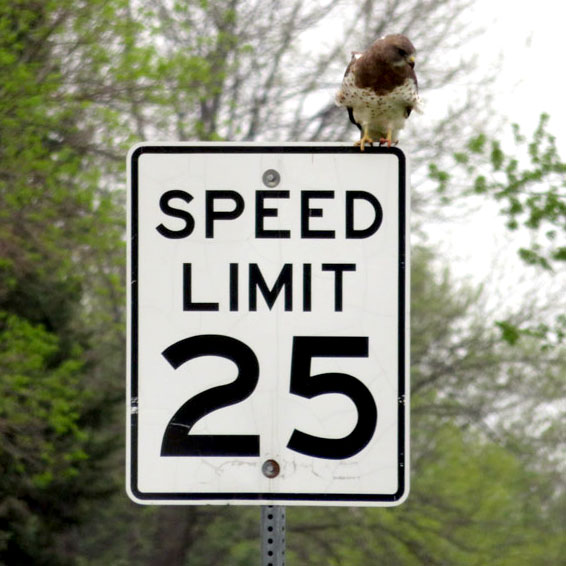Traffic
The Traffic Section of the Engineering Department is responsible for speed limits, changing or adding traffic signs, administrating the pavement marking program, collecting traffic volume data, keeping accident report records, and performing various traffic studies.
Americans With Disabilities Act (ADA)
Per the Americans with Disabilities Act (ADA), Larimer County will provide a reasonable accommodation to qualified individuals with a disability who need assistance. Services can be arranged with at least seven business days' notice. Please email us at eng-general@co.larimer.co.us or by calling (970) 498-5700 or Relay Colorado 711. "Walk-in" requests for auxiliary aids and services will be honored to the extent possible but may be unavailable if advance notice is not provided.
Per the Americans with Disabilities Act (ADA), Larimer County will provide a reasonable accommodation to qualified individuals with a disability who need assistance. Services can be arranged with at least seven business days' notice. Please email us at eng-general@co.larimer.co.us or by calling (970) 498-5700 or Relay Colorado 711. "Walk-in" requests for auxiliary aids and services will be honored to the extent possible but may be unavailable if advance notice is not provided.

Traffic Operations
Attn Traffic Operations
Larimer County Engineering Department
200 West Oak Street, Suite 3000
P.O. Box 1190
Fort Collins, CO 80522-1190


